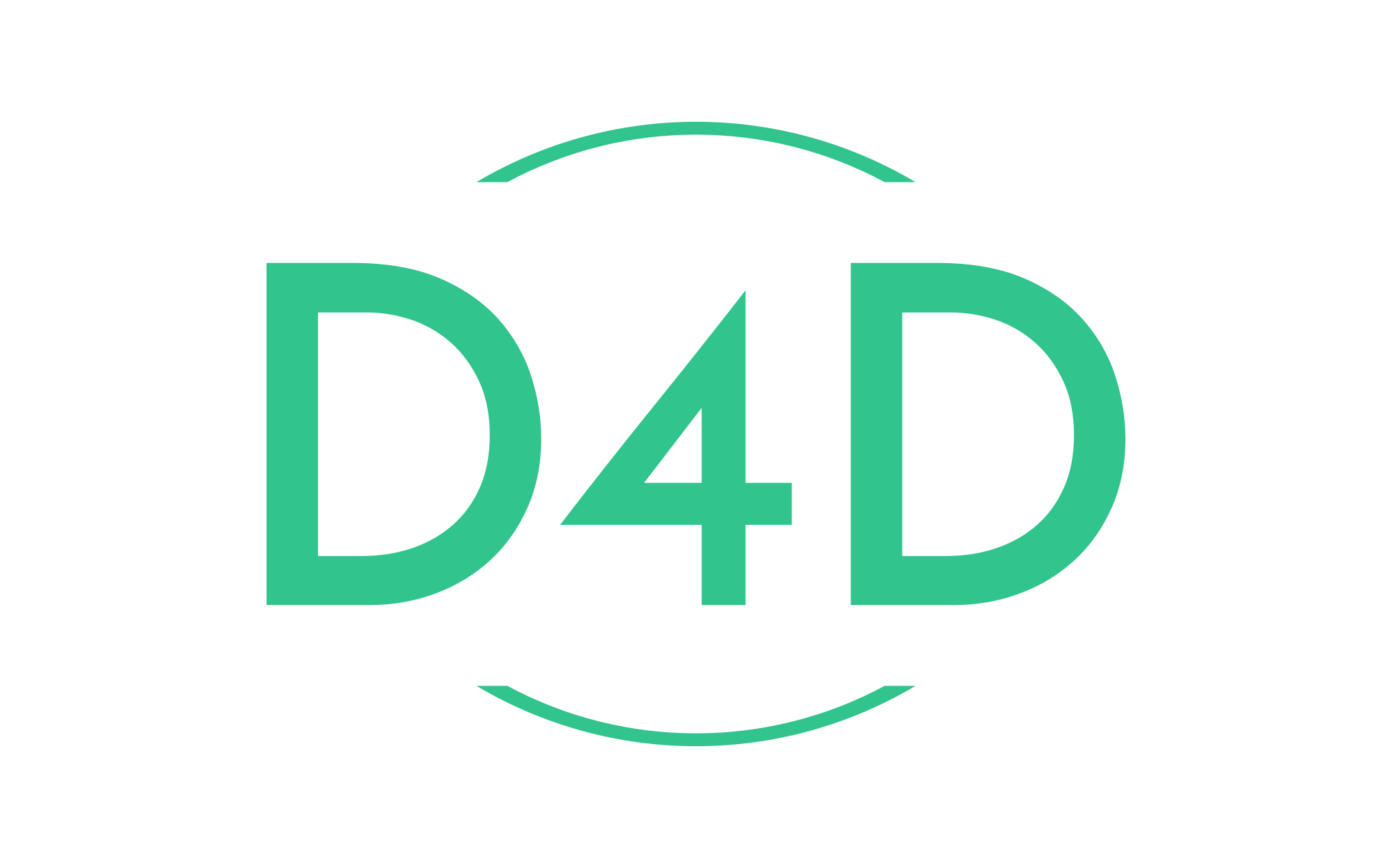What is DDD?
Domain Driven Design (DDD) is an approach to software development that focuses on designing software systems around the business domain and the behaviors and interactions of the business entities.
Read more: What is DDD?DDD is based on the idea that a deep understanding of the business problem being solved is essential for creating effective software solutions. By creating a common language between business experts and developers, and modelling the domain in the software design, developers can gain a deeper understanding of the problem and create a more effective solution.
The goal of DDD is to create software that is more maintainable, extensible, and well-organized. DDD provides a set of patterns and best practices for designing and implementing software using this approach. These patterns include concepts like entities, value objects, aggregates, repositories, domain events, and domain services.
Why use DDD?
DDD enables the development team to build software that accurately reflects the business domain and complexities.
It also helps to improve communication between business experts and software developers by creating a shared language that they can use to discuss the system. By modeling the software around the domain, DDD also helps to create a more maintainable and flexible codebase.
When to use DDD?
DDD is most beneficial when building complex systems that involve multiple business domains, complex business logic, or significant changes to the requirements over time. It’s also useful when the business domain is not well understood, and the development team needs to collaborate closely with the business experts to ensure the software meets their needs.
Keys items in DDD?
Ubiquitous language
Bounded contents
Aggregates
Entities and value objects
Domain events
Repositories
